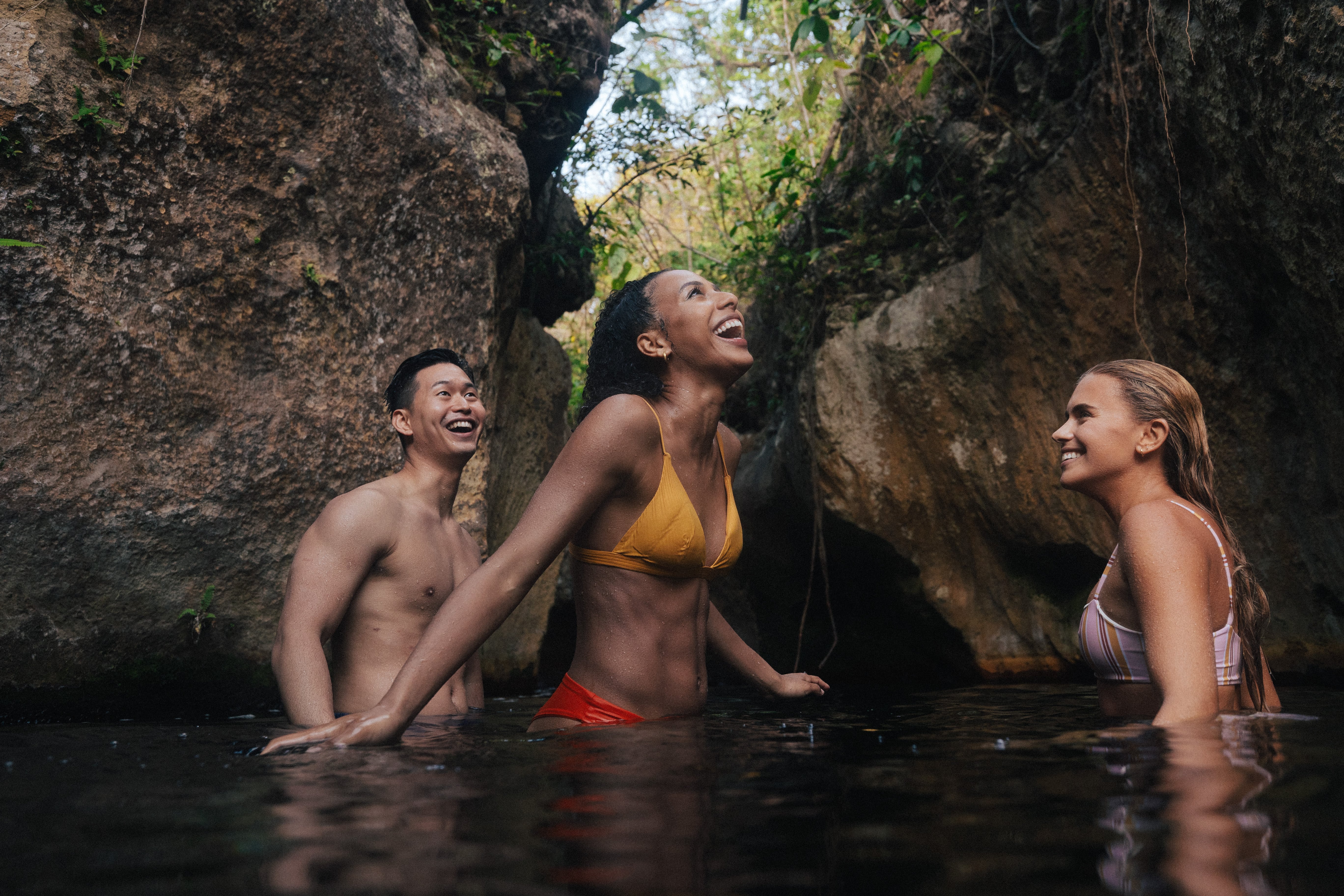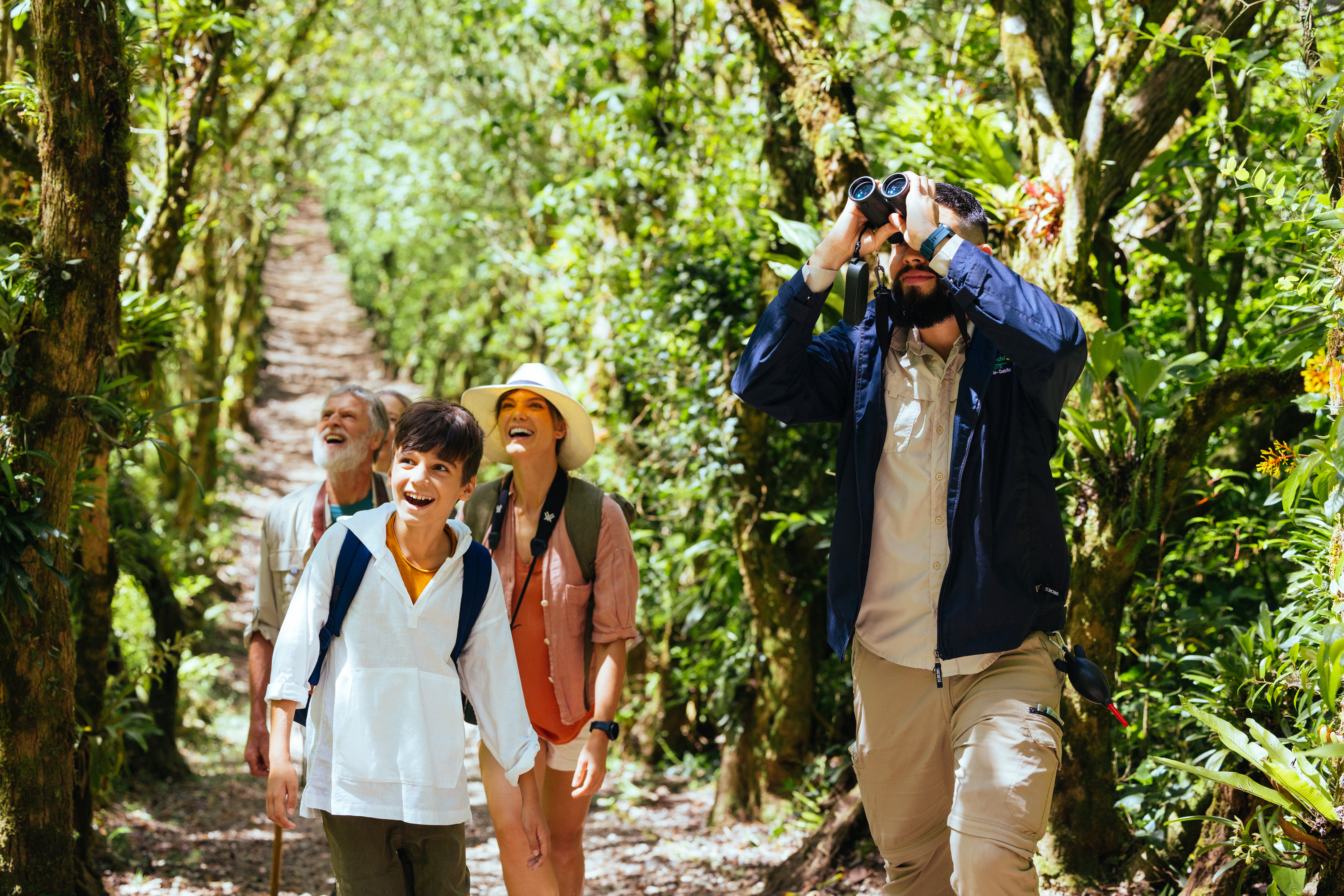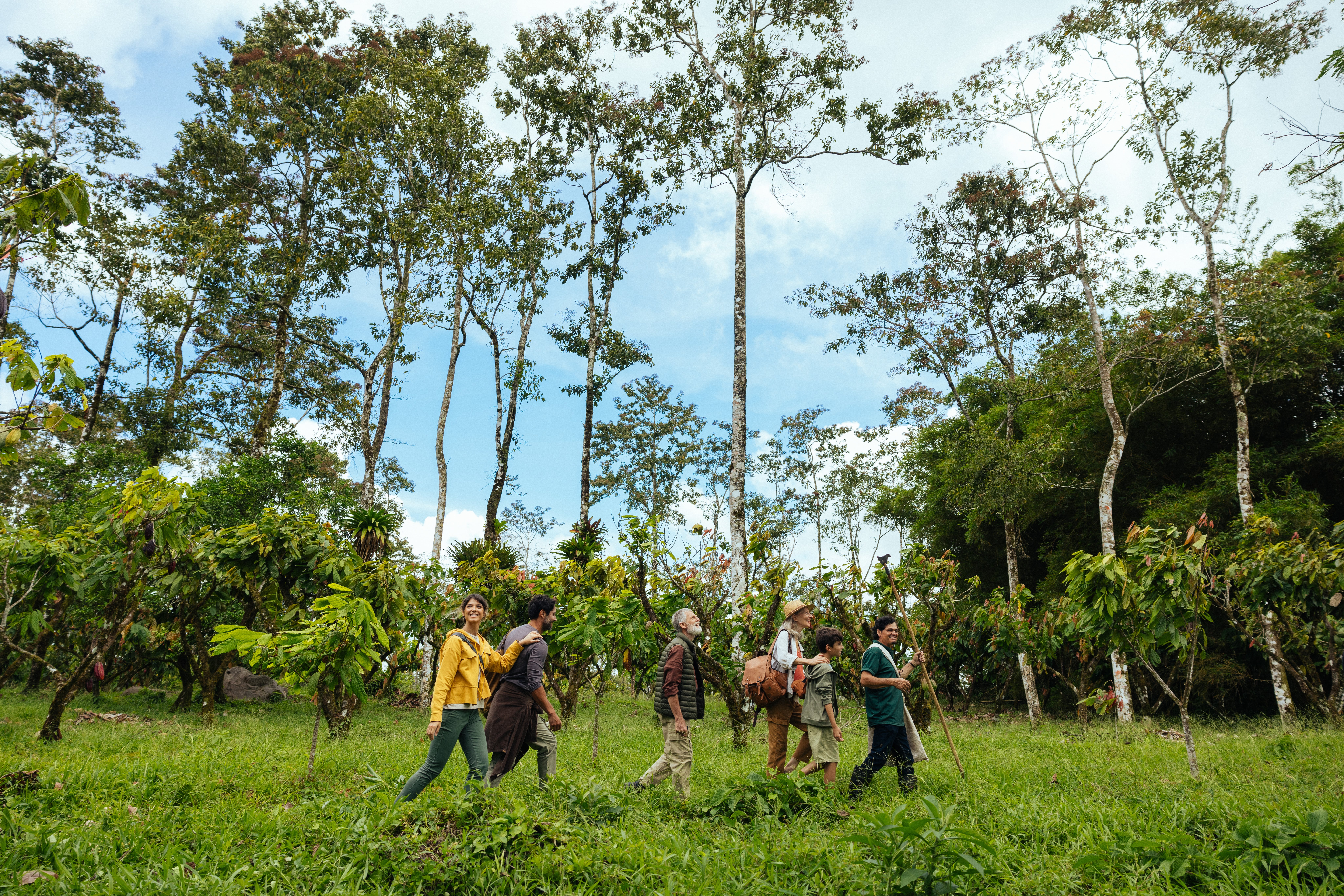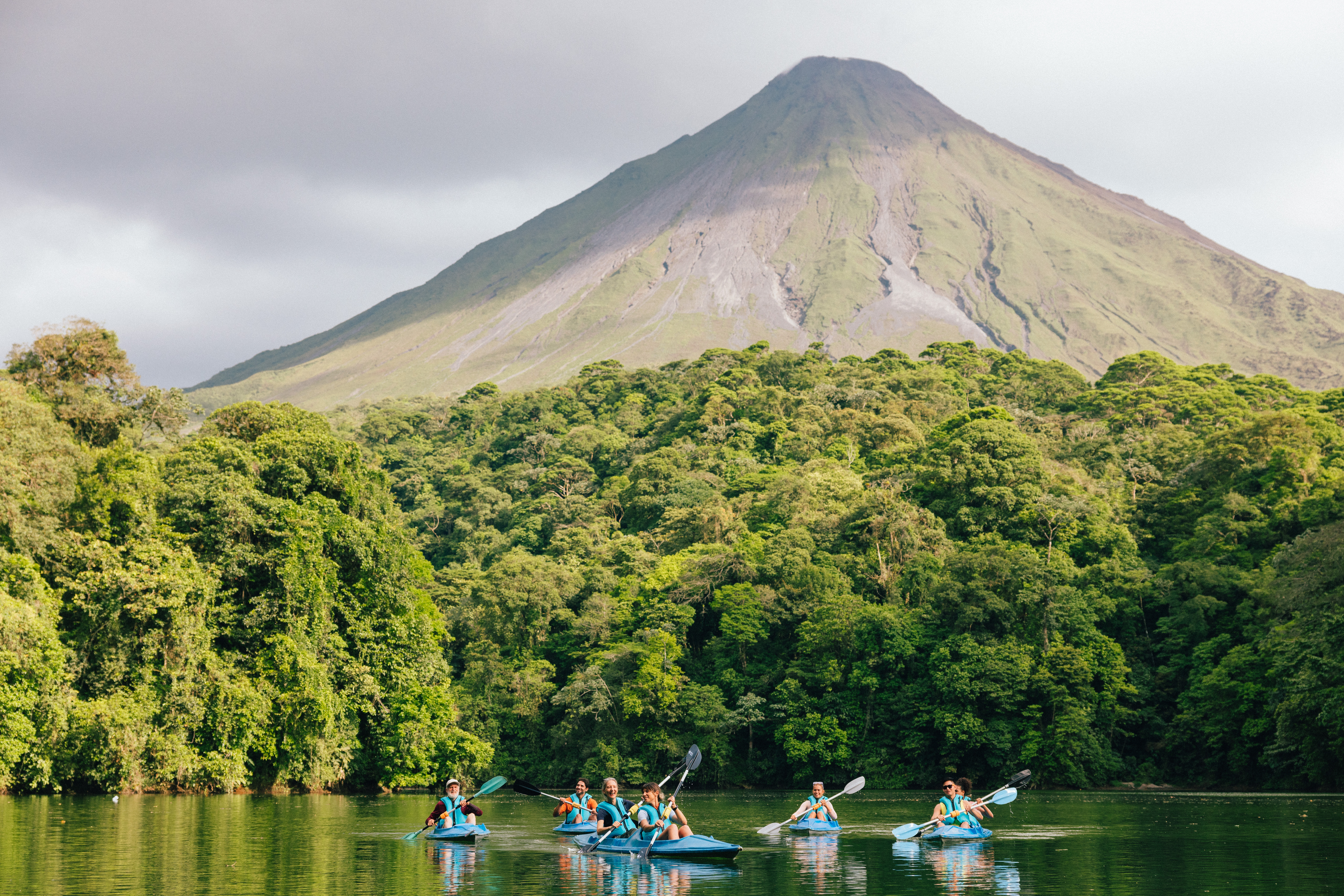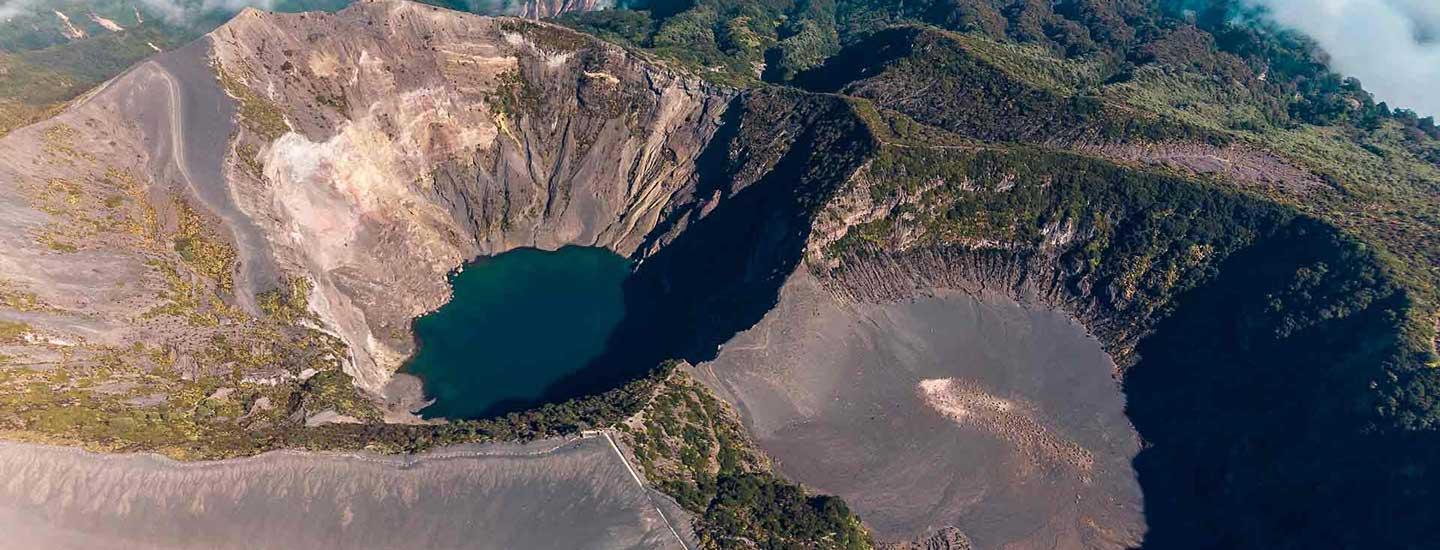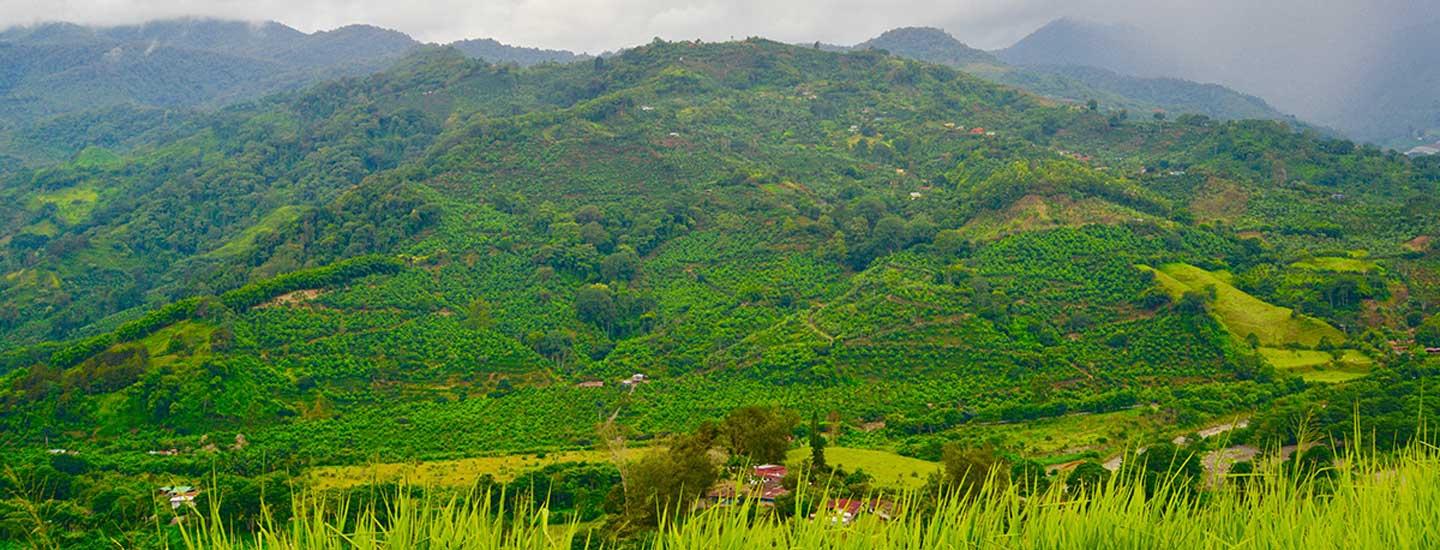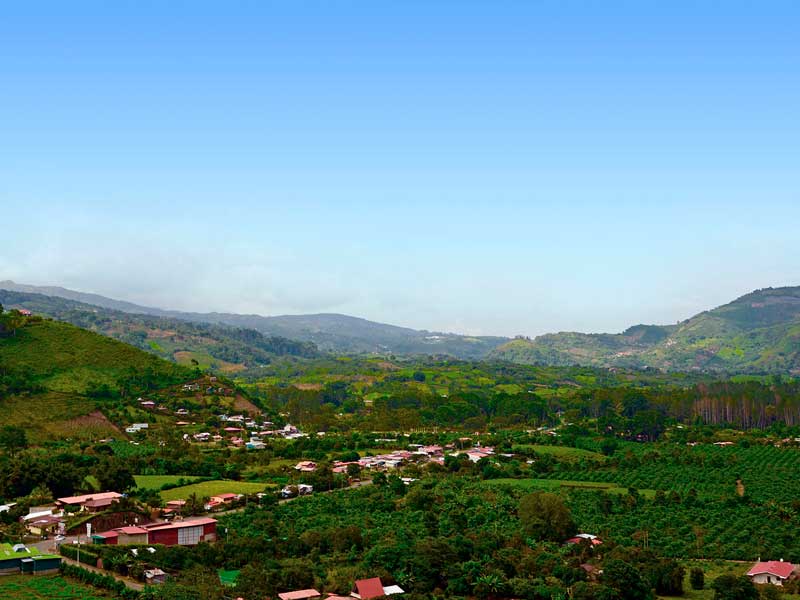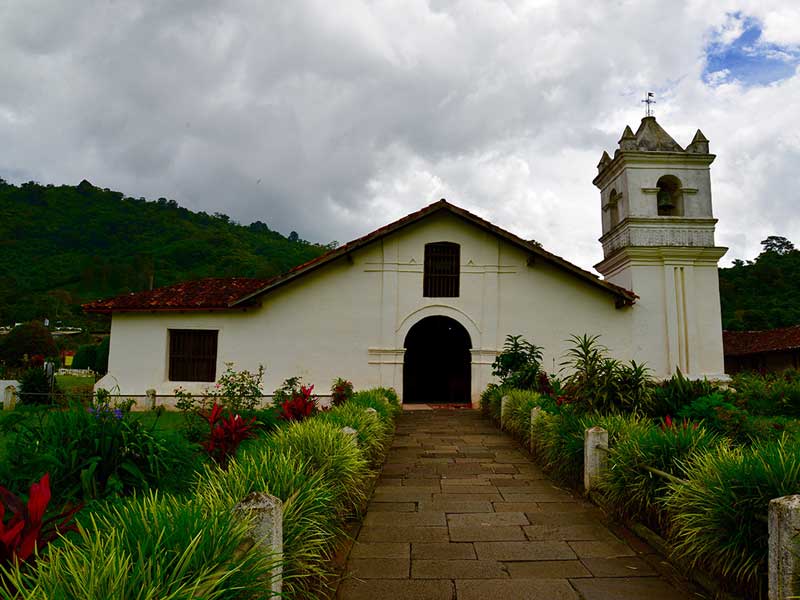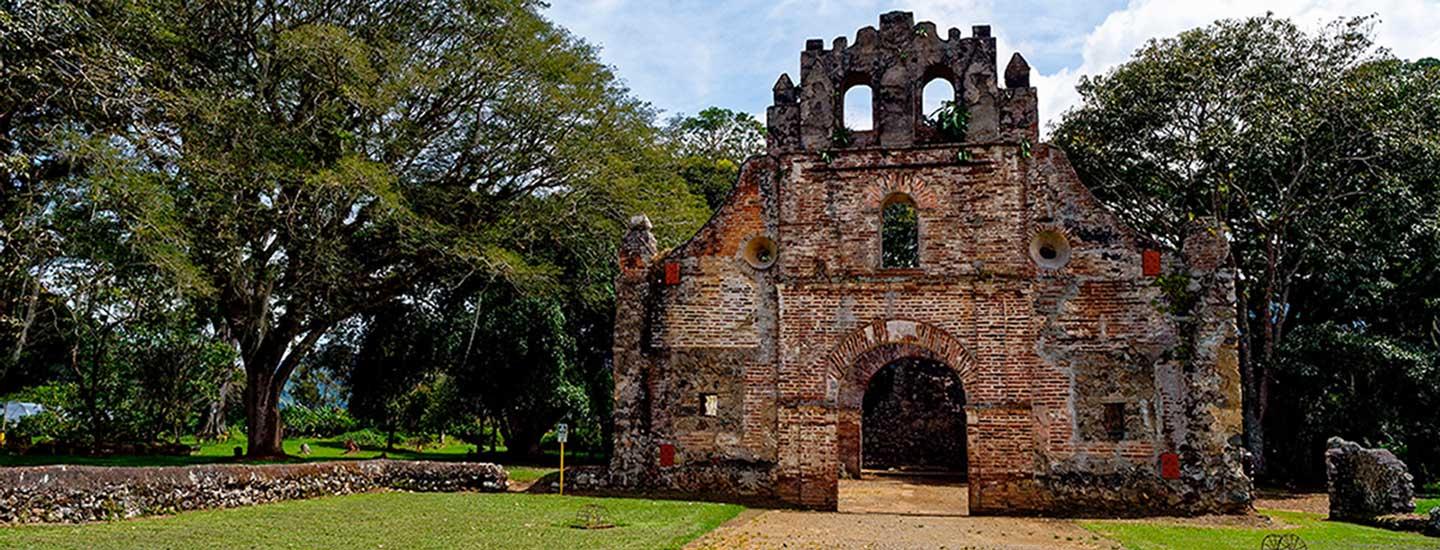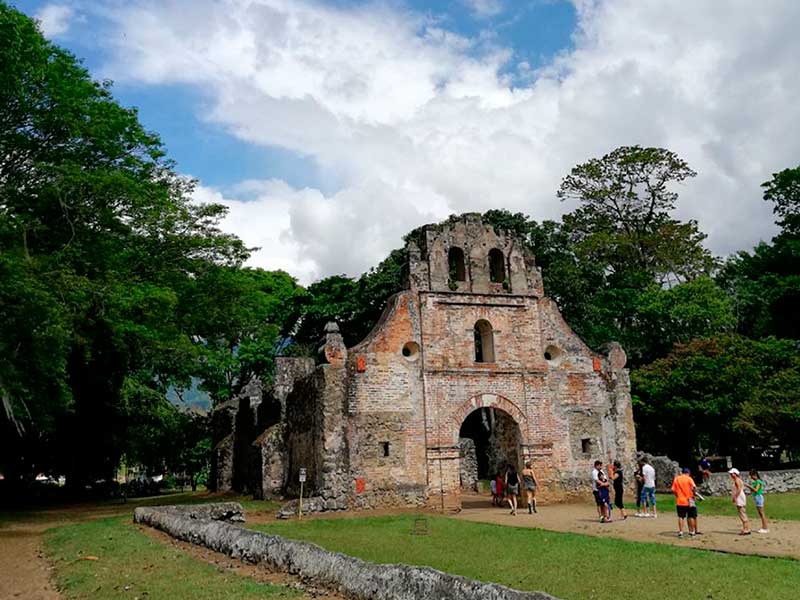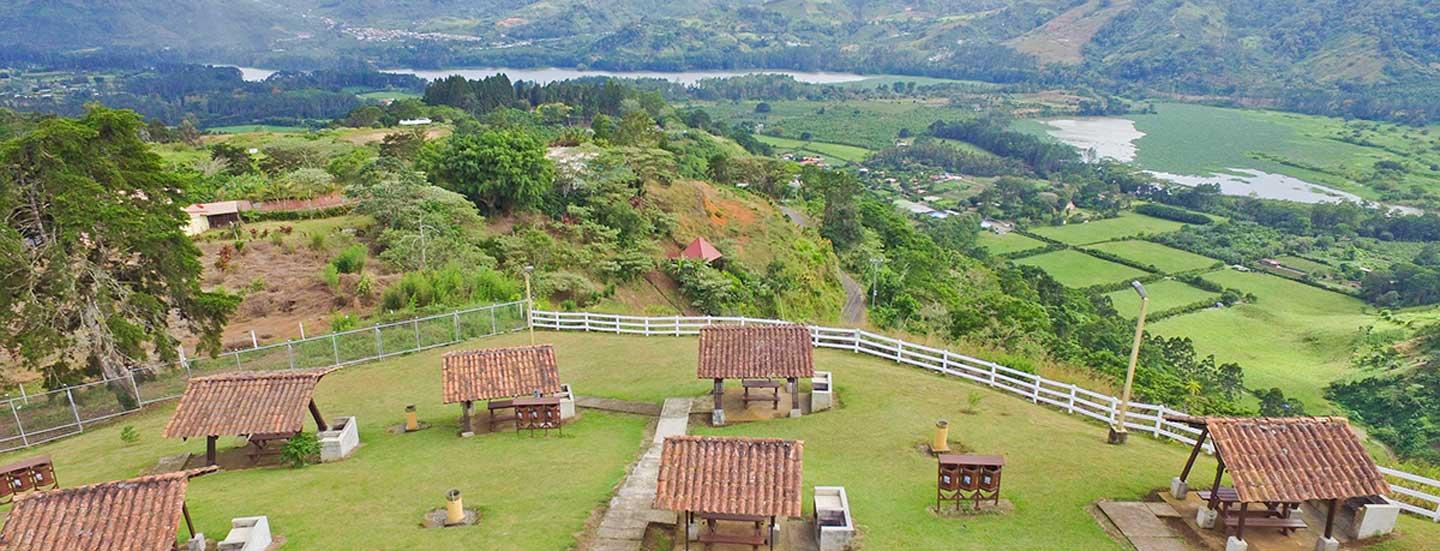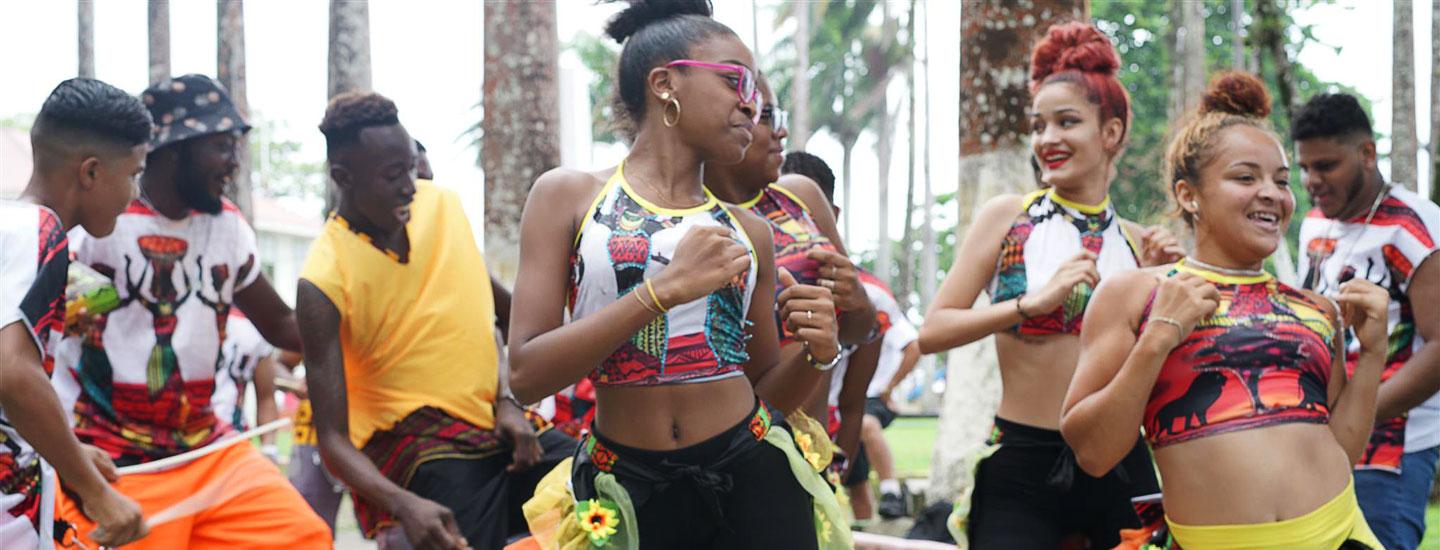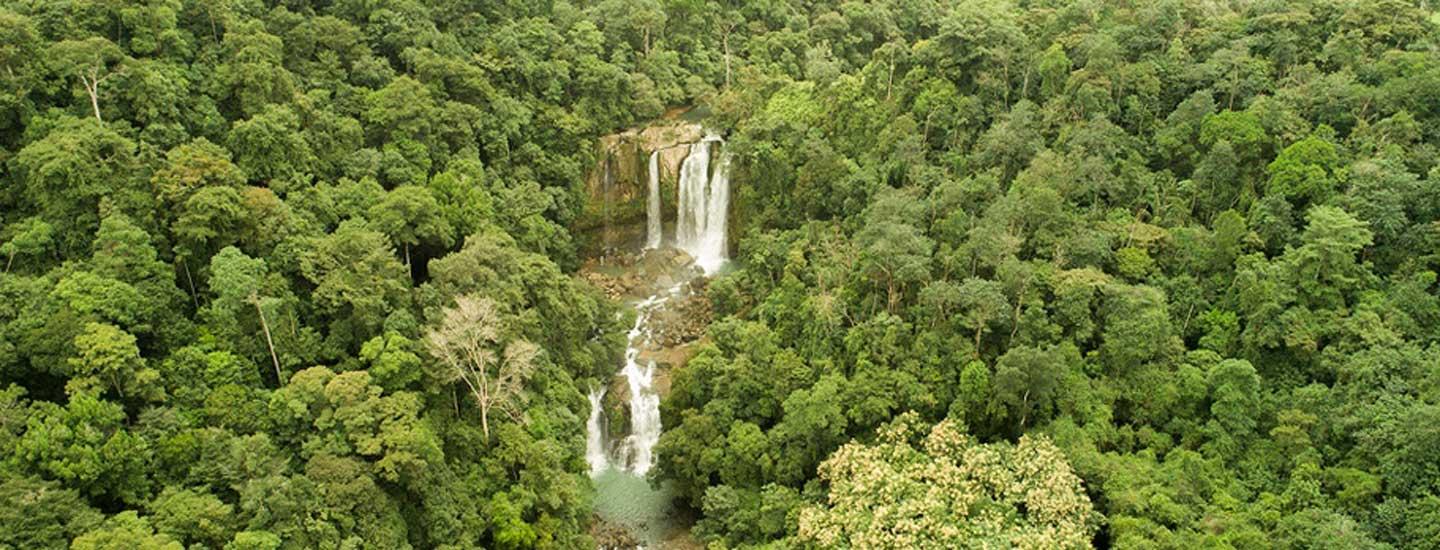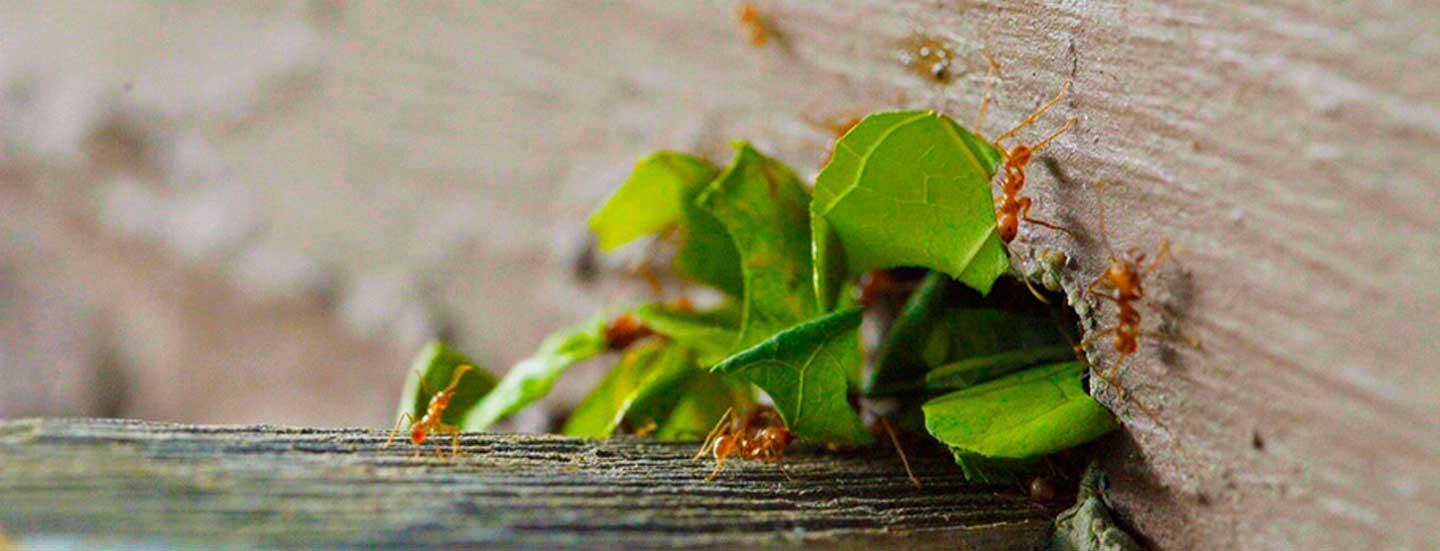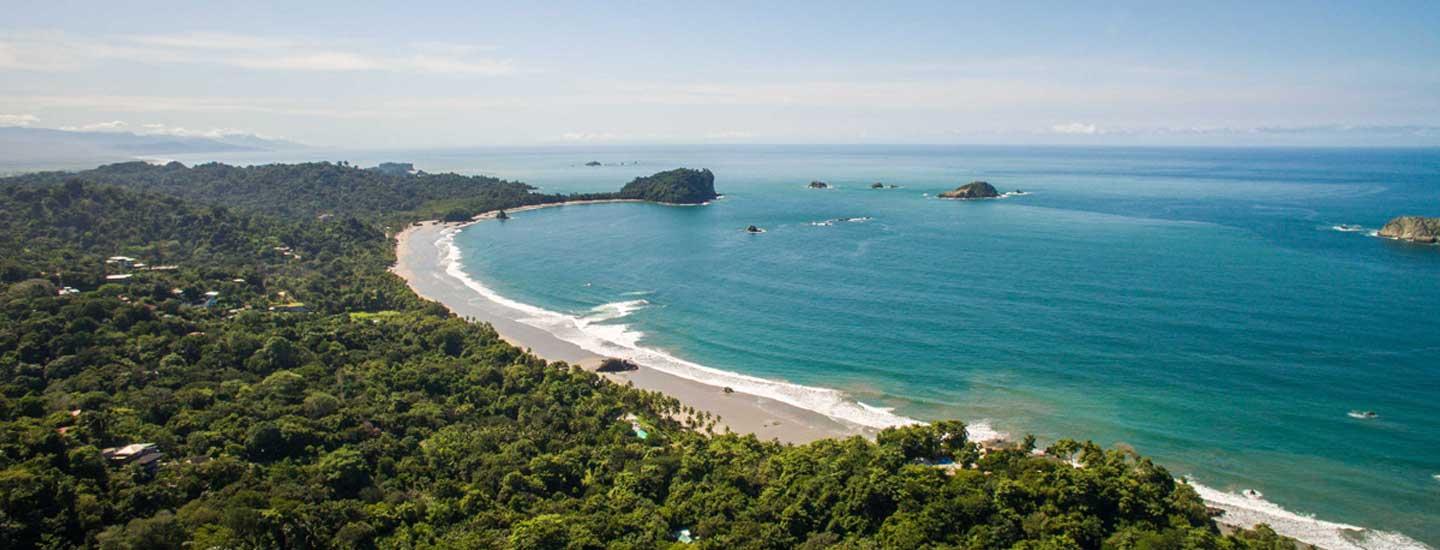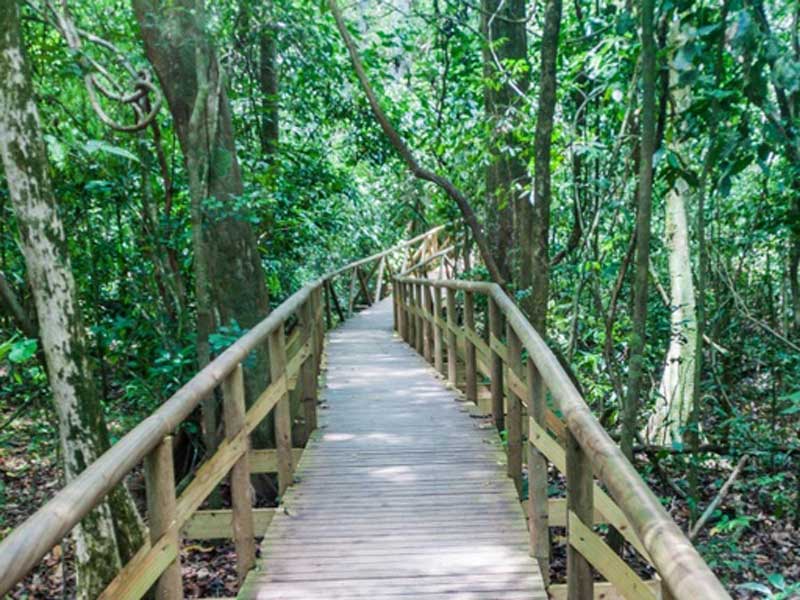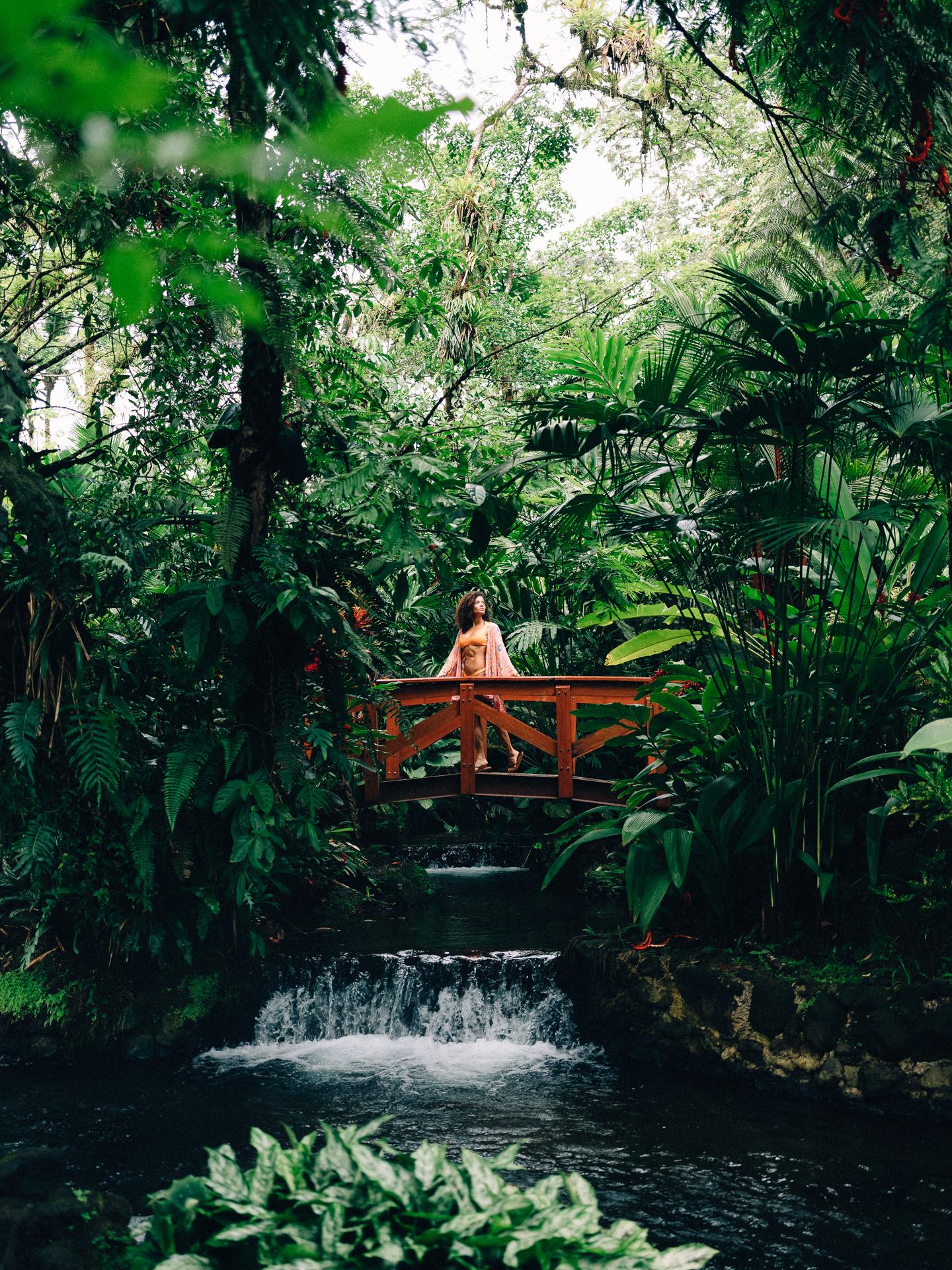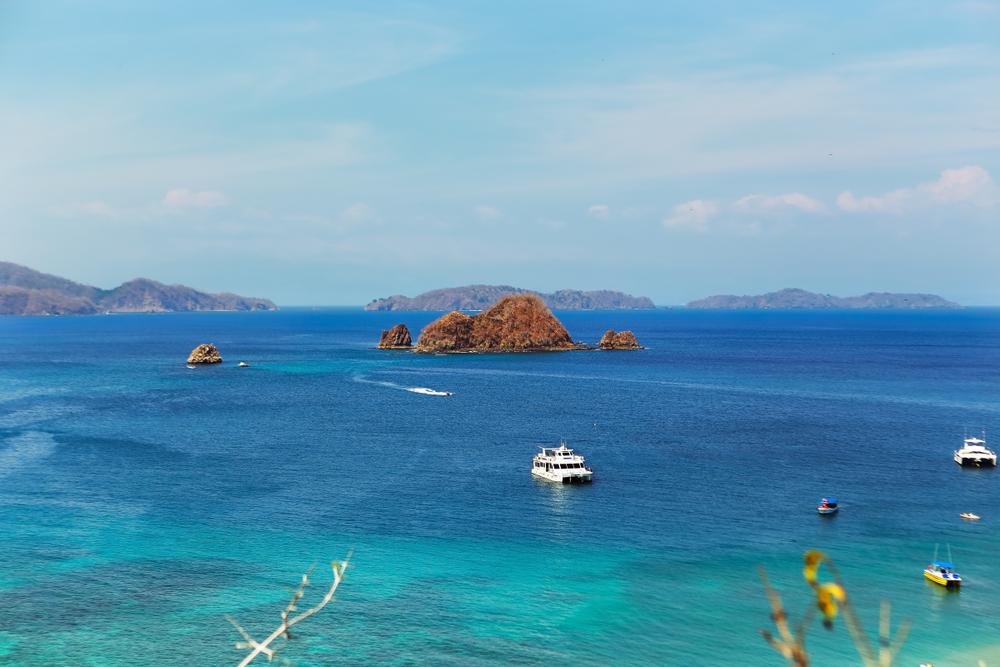Take a break!
If you think you need a lot of money to go exploring, you may not have considered these options. What’s important is to get organized, don’t spend more than you have to and explore the country with your friends and family.
Visit Cartago:
Do you prefer the beach or the mountain?
- Ruins of Ujarrás: Located in the Cachí District of Paraíso Canton, these ruins are full of stories. One of their greatest attractions is the Catholic Templo de la Purísima Concepción del Rescate de Ujarrás, an ideal spot to take some great photos with your friends.
Free admission.
Hours of operation: Seven days a week from 8:00 a.m. to 4:30 p.m.
Parking: yes.
What does it have? Picnic tables, barbecue areas, drinking water, green areas, restrooms. - Playas de Doña Ana The Playas de Doña Ana Tourist Rest Stop is located just 2 hours from San José. Its closeness to the capital is the reason for its popularity. The rest stop has picnic tables, gazebos, barbecue pits and drinking water. If you’re looking for some Pacific sun without going too far, this option may be perfect for you.
Admission: ₡1,700 for adults (about $2.50), ₡850 for senior citizens (about $1.25) and ₡500 for children (about $0.85).
Hours of operation: Seven days a week from 8:00 a.m. to 4:00 p.m.
Parking: ₡1,500 ($2.55)
What does it have? Restaurant area, barbecue spots, picnic tables, restrooms, showers, changing rooms, places to store clothing, drinking water taps, parking, exterior lighting, private security. The provisions of Law 7600 apply here. - Volcán Poás National Park There’s no question that our country has impressive volcanoes: Poás is a fine example, newly opened after being closed for 16 months due to volcanic activity. It’s re-opened for visits, so make your plans now if it’s on your list. New safety measures are in place such as the use of helmets, groups of 50 people or less and the time allowed at the crater: follow the instructions of park authroities.
Admission: ₡1,000 ($1.65) for adults, ₡500 ($0.85) for children.
Hours of operation: Seven days a week from 7:00 a.m. to 1:00 p.m.
Parking: ₡1,000 (about $1.65).
Allowed time: 20 minutes at the volcano lookout.
Mountains and volcanoes:
- Volcán Irazú National Park: The country’s highest volcano with impressive views. The Irazú volcano has five craters and is located 31 km from Cartago. Bring a warm jacket, since temperatures can drop as low as 5°C to 9°C (41-48 °F).
Admission: ₡1,000 ($1.65) for adults, ₡500 ($0.85) for children.
Hours of operation: Seven days a week from 8:00 a.m. to 3:30 p.m. (includes holidays).
Parking: ¢1100 (about $1.65).
What does it have? Cafeteria, picnic tables, restrooms. - Bosque del Niño: This gorgeous hiking spot in San Isidro de Grecia is perfect for shedding your daily stress. It’s perfect to appreciate nature or enjoying a picnic with your family. You can also stay to camp if you’d like. There’s even a soccer field, so you know where to go on your next trip.
Admission: ₡500 (about $0.85) for children aged 3 to 11 or ₡600 (about $1.05) for adults.
Hours of operation: Seven days a week from 8:00 a.m. to 4:00 p.m.
Parking: free.
What does it have? Restrooms, trails, waterfall (private property), gazebos. - El Paraíso Waterfall: The entrance to this jewel of a property is just 3 km from the Catholic church of San Miguel de Grecia. A 65-meter waterfall will give you the refreshment you’ve been looking for. Just another option to go touristing with friends and family.
Admission: Admission: ₡3,000 (about $4.95) per person. Children aged 3-5 ₡2,000 (about $3.30).
Camping fee: ₡5,000 (about $8.25) per person.
Hours of operation: Seven days a week from 9:00 a.m. to 4:00 p.m. (calling prior to your visit is recommended to confirm hours).
Parking: yes.
What does it have? Pool, showers, trails, camping, picnic tables, table in front of the waterfall.
